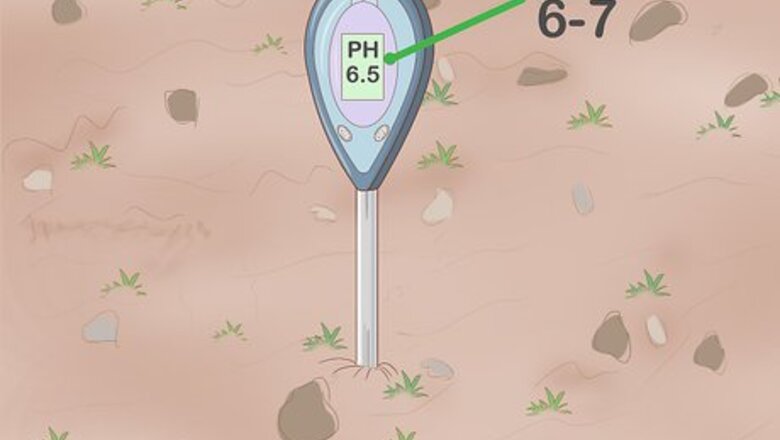
views
Choosing and Preparing a Planting Location
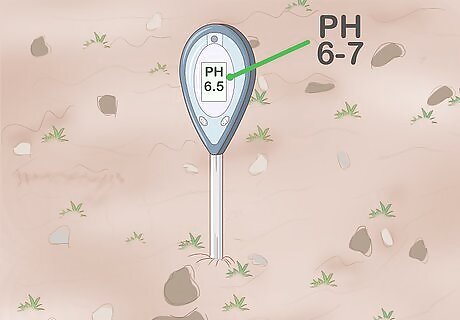
Choose a location with a pH between 6 and 7. As with many plants, oats flourish in soil that has a pH that falls within this range. To start off on the right foot, test the soil with a commercial pH probe or a pH test strip in the area where you plan to plant your oat seeds. If the pH doesn’t fall between 6 and 7, try a different location or adjust the pH. You can raise the pH by adding limestone to the soil. You can lower the pH by adding a fertilizer that contains ammonium sulfate, ammonium nitrate, or urea to the soil.
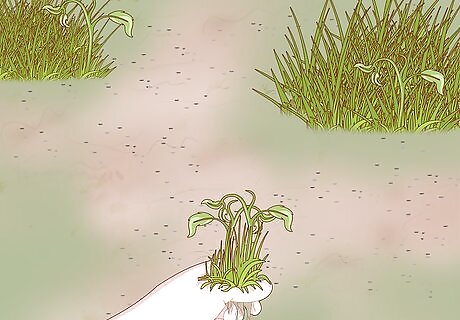
Remove all weeds from the area where you’ll be planting oats. Oats have a difficult time growing properly and thriving if they’re grown in a weed-infested environment. Before planting your oat seeds, use a weeding tool to loosen the soil around the weeds in the area and then pull the weeds out of the ground one by one. Some weeding tools that you can use include a Japanese Farmer’s Knife or a Cape Cod Weeder.
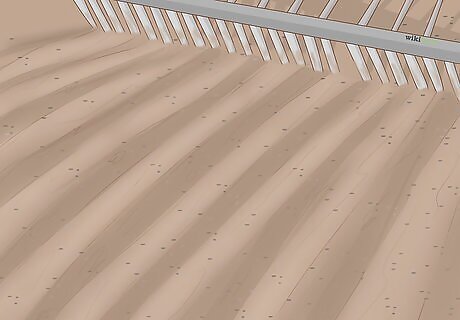
Till the soil. Once the soil is free of weeds, use a tiller or cultivator to break up the soil and prepare it for planting the oat seeds. Refer to the manufacturer's instructions and push the tiller in parallel lines across the entire area that you plan to use for planting. When you’re done, push the tiller in lines that are perpendicular to the others. If you don’t have a tiller, you can rent one from a home improvement store or from a lawn and garden equipment rental store or website.
Planting and Caring for the Oats

Plant the seeds during spring or fall. When you plant your seeds depends on what you plan to use the oats for. If you're growing oats for food, plant them in the spring so you have a summer harvest. If you're growing oats for ground cover, plant your seeds in the early spring for green manure and plant them in the fall if you’re hoping to get a winter-killed ground cover.

Lay the oat seeds ⁄4 inch (0.64 cm) apart in rows. It’s best to plant your seeds in evenly spaced rows. Within the row, drop a seed onto the top of the soil every ⁄4 inch (0.64 cm). Continue doing this until you’ve filled the planting area completely.

Walk over each row to push the seeds down. After you’ve dropped all of your oat seeds onto the soil, rake over the soil to smooth it out. The seeds need to be planted less than 1 inch (2.5 cm) below the surface, and walking across them should allow this to happen. If your soil has a high clay content, avoid walking over it so it doesn't get too compacted. Don't walk over your soil when it's wet. If your soil is wet or easily compacted, you can lay a wooden board over it and walk across the board instead of walking directly on the soil.
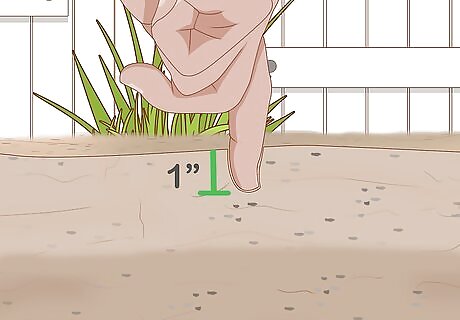
Keep the soil continuously moist. Stick your fingers about 1 inch (2.5 cm) or so into the soil as often as possible to make sure that it doesn’t feel dry. When it does feel dry, water the oats to encourage them to thrive.

Weed the area once your oats start growing. Although weeding the area before you plant the oat seeds is beneficial and necessary, you’ll need to continue doing it if you want your oats to thrive. When you water your oats, check for weeds and remove any that have popped up.
Harvesting the Oats
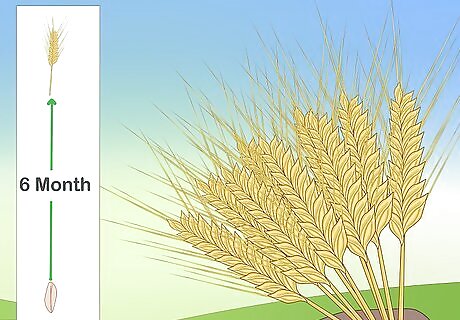
Harvest once the seed heads are dry. As you watch the oats grow and develop seed heads, gently touch a few of them to see if they’re damp or dry. Once, they’re dry to the touch, it’s time to harvest the oats. It typically takes about 6 months from the time the seeds are planted until the oats are ready to be harvested.

Cut off the oat seed heads and separate the grains from the stalks. Cut the seed heads off of the rest of the plant with garden shears or simply snap them off with your hands. Put the seed heads into a bucket and shake it to crack open the seed heads. Then, pull out the grains by hand. You can separate out the grains in a number of other ways, including putting them in a pillowcase and beating them against a wall.

Store oats in a cool, dry area. Keep your grains in an airtight container and then place the container somewhere in your home that is relatively cold and dry for as long as 3 months. You can also freeze them for up to 2 years if you prefer a long term storage option. If you have farm animals, you can put the discarded stalks in your barn stalls and use them for bedding.

















Comments
0 comment